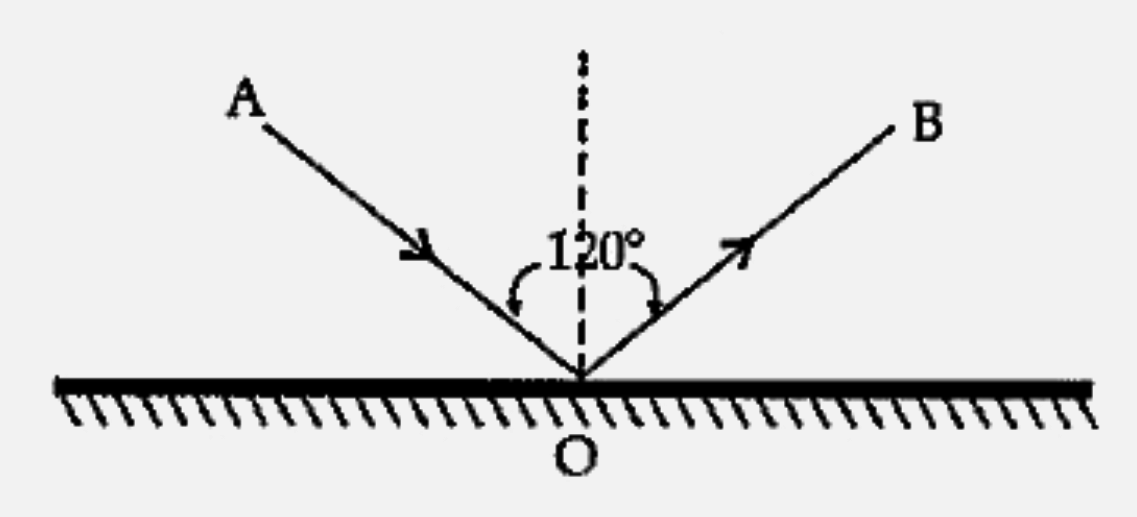Sting Ray is
Trygon
Torpedo
Pristis
Syllum
The correct Answer is:A
Step-by-Step Solution:
1. Identify the Question: The question asks about the classification of the Stingray among the given options: Trigon, Torpedo, Prestige, and Asylum.
2. Analyze the Options:
- Trigon: This is the scientific name associated with Stingrays.
- Torpedo: This refers to Electric Rays, which are known for their ability to emit electric shocks.
- Prestige: This does not correspond to any known fish or ray.
- Asylum: This is not a name for any animal in the context of fish or rays.
3. Determine the Correct Answer: Since Trigon is the term that refers to Stingrays, we can conclude that the correct answer is Trigon.
4. Provide Additional Information: Stingrays have a kite-shaped body and a whip-like tail that has a spine, which they use for defense or attack.
5. Clarify Other Options:
- Torpedo: Known as Electric Ray, capable of discharging electricity.
- Pristis: Known as Sawfish, characterized by a long, flattened snout with teeth resembling a saw.
- Asylum: Not applicable in this context.
6. Final Conclusion: The correct option for the classification of Stingray is Trigon.
- Trigon: This is the scientific name associated with Stingrays.
- Torpedo: This refers to Electric Rays, which are known for their ability to emit electric shocks.
- Prestige: This does not correspond to any known fish or ray.
- Asylum: This is not a name for any animal in the context of fish or rays.
- Torpedo: Known as Electric Ray, capable of discharging electricity.
- Pristis: Known as Sawfish, characterized by a long, flattened snout with teeth resembling a saw.
- Asylum: Not applicable in this context.
Topper's Solved these Questions
- BOOK - DINESH PUBLICATION ENGLISHCHAPTER - VERTEBRATA-AGNATHA AND PISCESEXERCISE - Check Your Grasp12videos
VERTEBRATA-AGNATHA AND PISCES
- BOOK - DINESH PUBLICATION ENGLISHCHAPTER - VERTEBRATA-AGNATHA AND PISCESEXERCISE - Check Your Grasp12videos
VERTEBRATA-AGNATHA AND PISCES
- BOOK - DINESH PUBLICATION ENGLISHCHAPTER - TRANSPORT IN PLANTSEXERCISE - CHECK YOUR GRASP40videos
TRANSPORT IN PLANTS
- BOOK - DINESH PUBLICATION ENGLISHCHAPTER - VIRUSES VIROIDS AND PRIONSEXERCISE - CYG13videos
VIRUSES VIROIDS AND PRIONS
Similar Questions
Knowledge Check
- Question 1 - Select One
Stinging capsules (nematocysts) are found in
AScypha and brian coralBCliona and ChalinaCSea pen and sea fanDGrantia and Velella
Draw the incident ray and the reflected ray. if a light ray is incident on a plane mirror with the angle of incidence 30∘.
View SolutionOne of the following can retain a large amount of urea in the blood and tissue fluid-
(a) Mammals including man
(b) Toad, frog, prawn
(c) Sharks, electric ray, sting ray
(d) Alligators, terrapins, turtlesView SolutionName the acid present in ant sting and give its chemical formula. Also give the common method to get relief from the discomfort caused by the ant sting.
View SolutionA collection of rays of light is called a .............................. (ray/beam) of light.
View SolutionThe diagram below shows a light ray striking and reflecting from a plane mirror AO is the incident ray and OB the reflected ray. The angle between the incident ray and the reflected ray is 120∘.

What is the value of the angle of reflection?View SolutionIn the figure given the angle between incident ray and the reflected ray is 70∘

Find the angle between the mirror and the incident ray.View SolutionA ray is incident on a plane mirro. Its reflected ray is perpendicular to the incident ray. Find the angle of incidence.
View Solution

